Budapest << BOO duh `pehst` >> (pop. 1,685,342) is the capital and largest city of Hungary. More than 15 percent of the country’s people live in Budapest, the center of Hungarian culture and industry. Budapest lies on both banks of the Danube River in northern Hungary.
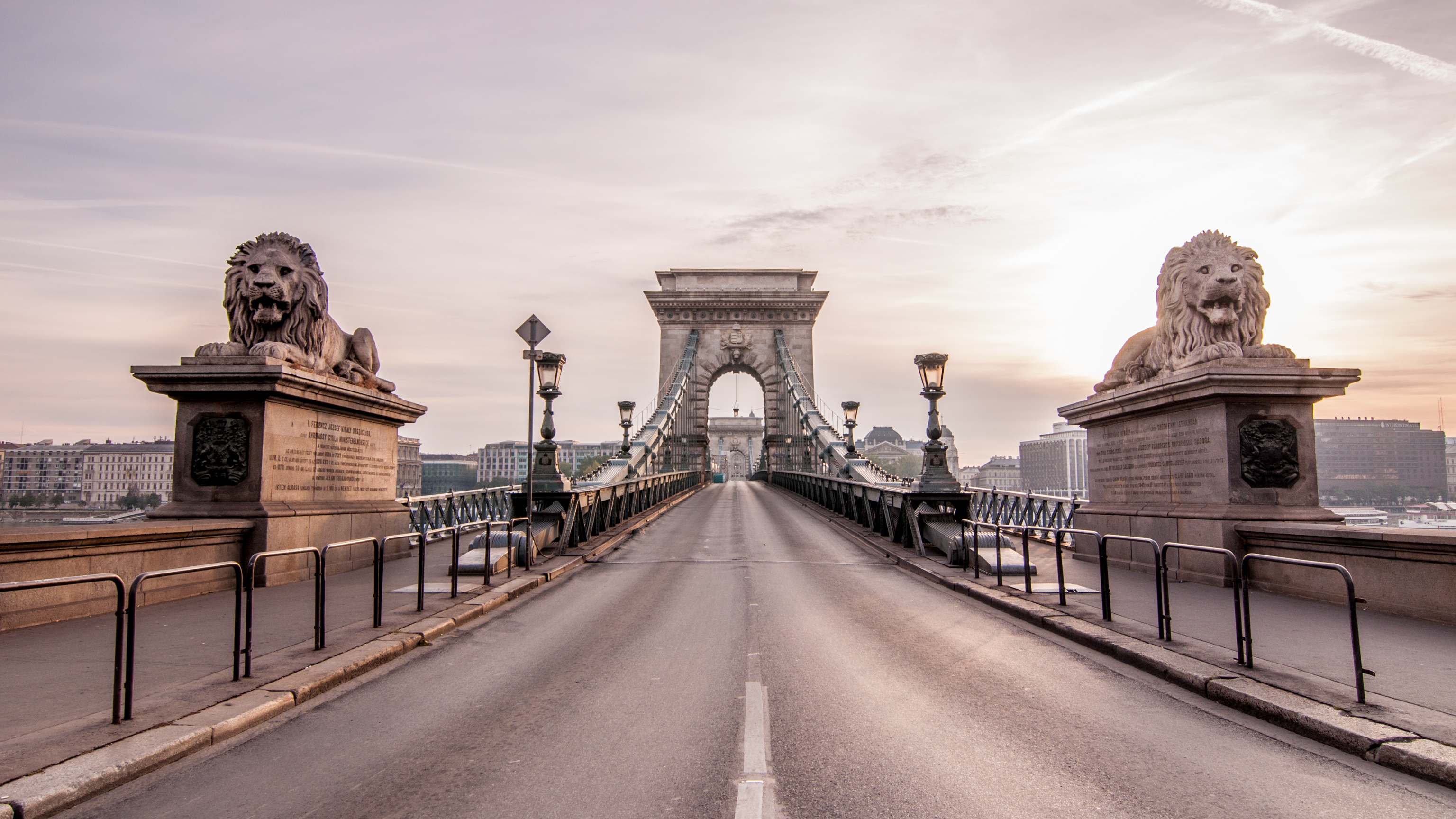
In 1873, the three adjoining cities of Buda, Pest, and Óbuda united with Margaret Island to form Budapest. Much of the city was destroyed during World War II (1939-1945). The people rebuilt many of Budapest’s historic buildings and bridges in their original style.
City.
Budapest covers 203 square miles (525 square kilometers). Eight bridges connect the eastern and western banks of the Danube River in Budapest. Margaret Island, in the Danube, is a popular recreation area.
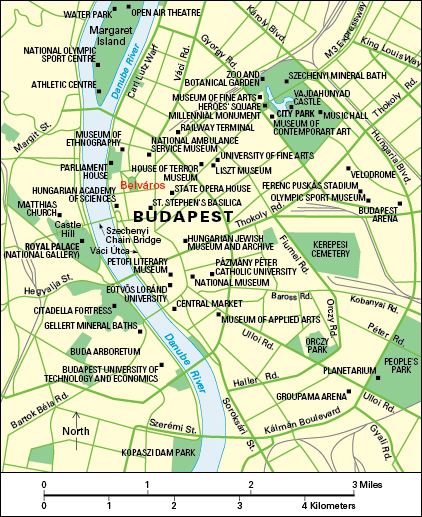
The part of Budapest that used to be the city of Buda lies on the west side of the river. Many historic churches and beautiful old houses cover its steep, wooded hills. The Royal Palace, which includes the remains of an ancient fort, stands on top of Castle Hill in the center of the area. About 75 percent of the people live on the east side of the river in what was once the city of Pest. This section, built on a series of plateaus, includes various government offices. The Hungarian Academy of Sciences and the House of Parliament are in the old Inner City, called Belváros. Industrial areas border the northern, eastern, and southern parts of the city.
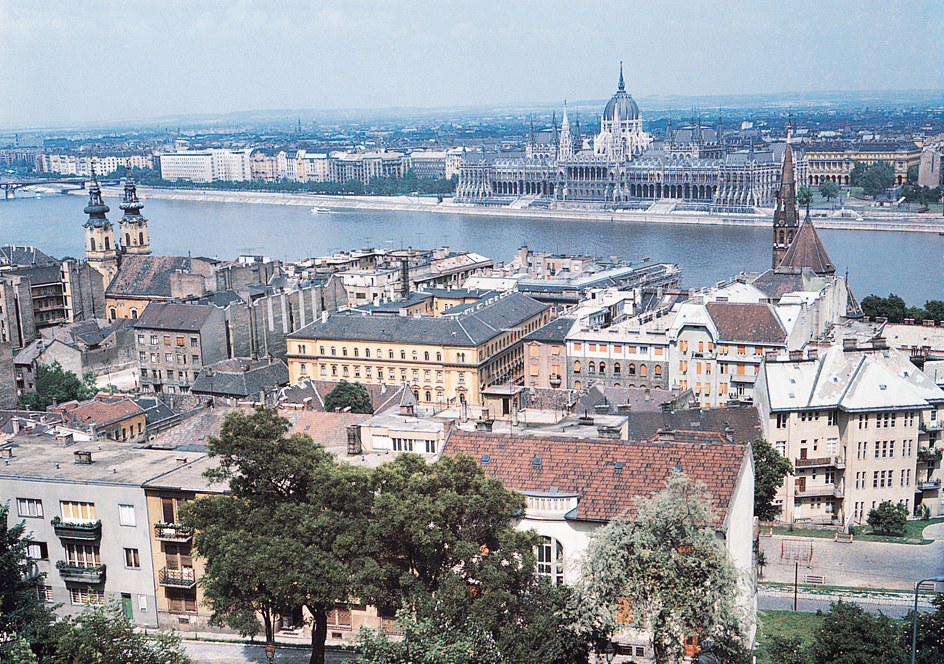
Budapest has a number of museums and other places of interest. The National Museum displays collections from prehistoric, Roman, early Hungarian, and Turkish civilizations. A collection of modern Hungarian art hangs in the National Gallery. City Park features an amusement park, restaurants, and a zoo. Other landmarks include the Hungarian State Opera House, the Millennial Monument, the Museum of Fine Arts, and St. Stephen’s Basilica. Budapest is the home of many colleges, universities, libraries, and research centers.
People.
Almost all the people of Budapest are Hungarians who speak the Magyar (Hungarian) language. The city also has communities of Chinese, Japanese, Jews, and Roma (sometimes called Gypsies).
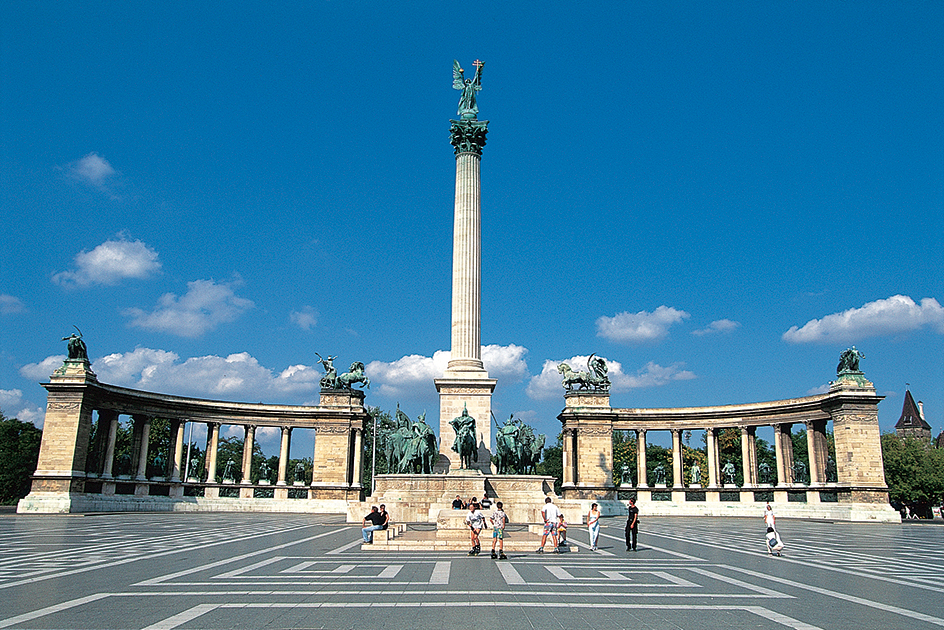
Many ballets and operas are performed in Budapest. During the summer, crowds attend concerts in the city’s parks. Many people also enjoy swimming in Budapest’s numerous mineral baths.
Economy.
Budapest’s labor force once consisted largely of craftworkers and workers in small industries. Since the late 1940’s, large industries have become the city’s chief employers. Budapest’s factories produce nearly half the goods manufactured in Hungary, including chemical products, textiles, and transportation equipment. Other leading products include building materials, electrical equipment, and food products. The city is the banking and finance center of Hungary. Váci Útca, a street in Pest on which vehicular traffic is banned, is a fashionable shopping district.
Budapest lies at the center of Hungary’s airline, highway, and railroad systems. The city has several ports on the Danube River, including the free port of Csepel.
History.
About A.D. 100, the Romans founded a town called Aquincum on the site of what is now Budapest. Aquincum lay at an easy crossing point of the Danube River. The Huns took control of the settlement in the early 400’s. During the next four centuries, Germanic, Slavic, and various other tribes lived in the area.
Hungarian tribes settled in the valley of the middle Danube during the late 800’s. They founded a Christian kingdom there about 1000. This kingdom included settlements that grew into the cities of Buda, Pest, and Óbuda.. In the late 1400’s, Buda became the home of the royal court. It was also a center of Italian Renaissance art and of the humanistic movement in philosophy (see Renaissance). Ottoman invaders held Buda from 1541 to 1686. The city then came under the control of the Austrian Hapsburgs (or Habsburgs), a powerful European line of rulers.
In the mid-1800’s, Hungarian patriots made Pest a center of culture and politics. Pest became the capital of Hungary in 1848. In 1873, Buda, Pest, Óbuda, and Margaret Island united and formed Budapest. The city’s population grew rapidly in the late 1800’s and reached 1,110,000 by 1910. During World War II, German and Hungarian Nazis killed much of Budapest’s large Jewish population. Hungarian Communists, supported by Soviet troops, took control of the Hungarian government after the war. In 1956, Soviet troops marched into Budapest and put down an anti-Communist revolution. Communism collapsed in Hungary in 1989.
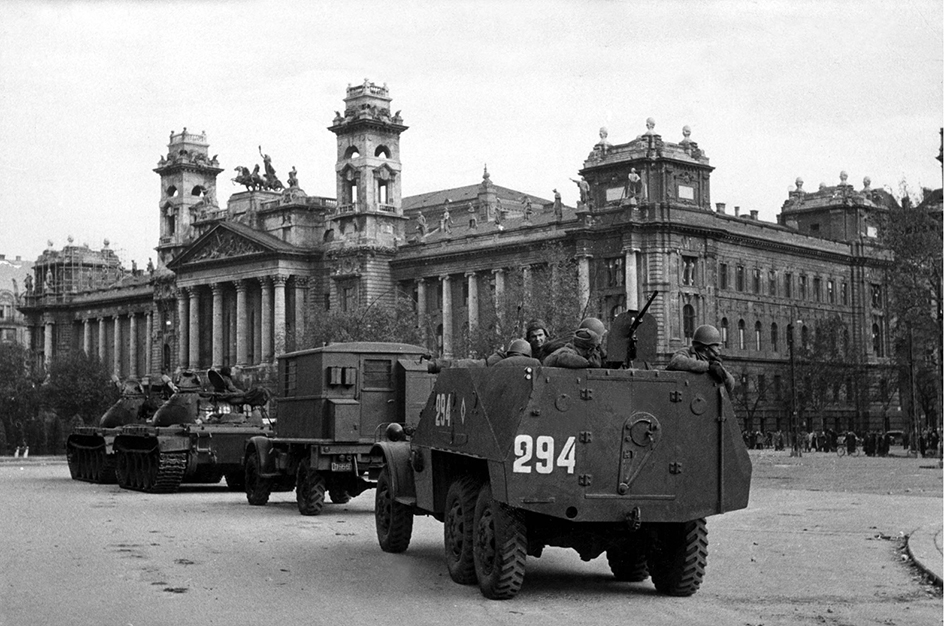
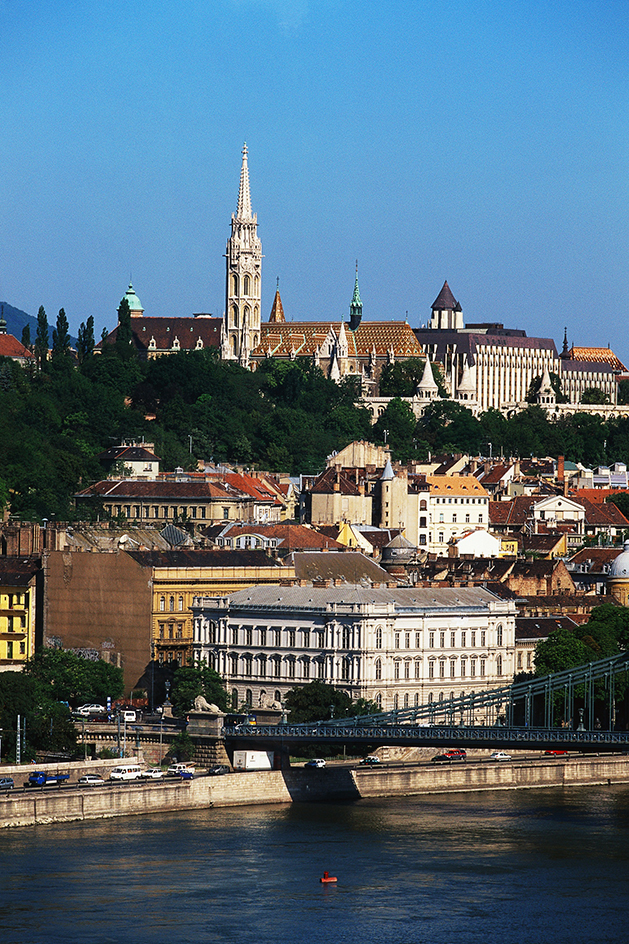
Since the mid-1900’s, Budapest has suffered a severe shortage in housing. In the mid-1960’s, the Hungarian government began making low interest loans available for the construction of private housing. Since then, thousands of new housing units have been built. However, the demand for housing continues to exceed its availability.
